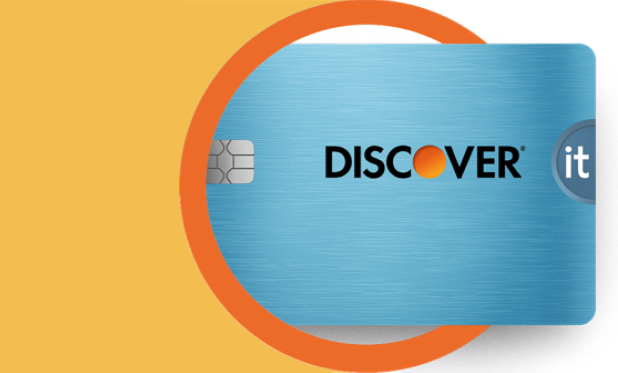A good credit score may help you qualify for many credit cards, achieve favorable loan terms, or even land the apartment of your dreams. But what’s considered a good credit score, and how do you get one?
Your credit score gives lenders, like banks, credit card companies, or even landlords and car dealerships, an idea of your likelihood to repay debts on time and keep your balances manageable. A “good” credit score instills trust in potential lenders. Let’s take a deeper look at what qualifies as a good credit score and what it takes to achieve one.







